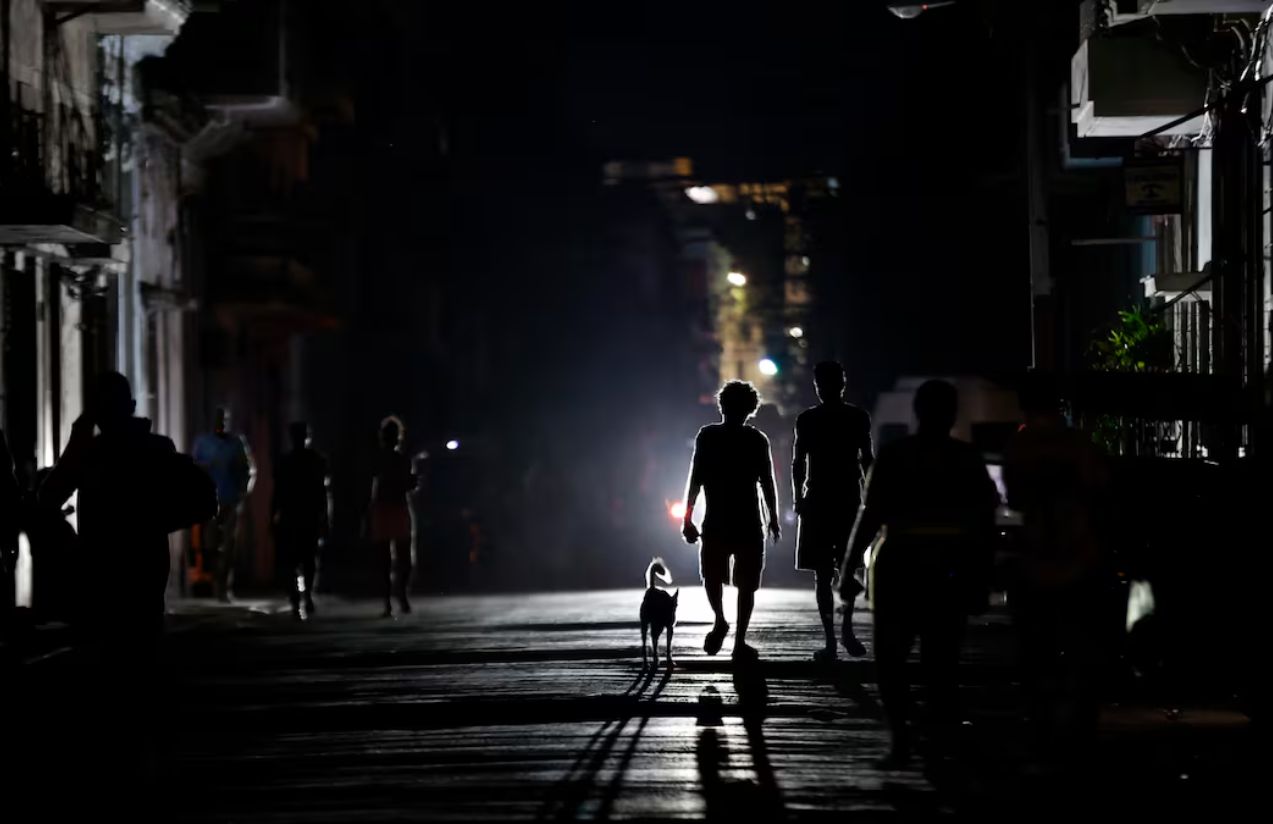The Cuban regime acknowledged on Thursday the severe energy crisis affecting the island after the fifth nationwide blackout in less than twelve months left millions without electricity.
Vicente De La O Levy, Minister of Energy and Mines, stated on state television that the National Electric System (SEN) operates under “weak” conditions, especially in thermoelectric plants, which rely on outdated machinery and scarce resources. He admitted that total system collapses represent the worst-case scenario for a utility company, and confirmed that recovery efforts were still ongoing 36 hours after the outage.
But what are the root causes behind this persistent energy crisis?
Officials point to decades of poor maintenance, outdated technology in thermoelectric plants, difficulties importing fuel, and insufficient funding to modernize the electrical infrastructure. Authorities also reported that all provinces have been reconnected to the system, though the Guiteras plant is still struggling to fully return to power generation.
The country also faces significant social consequences:
Blackouts disrupt daily life, cut access to drinking water, spoil food, penalize families who cook with electricity, and fuel public frustration at promises of improvements that never seem to materialize.
While the government has pledged corrective measures, many Cubans remain doubtful that these efforts will be enough to bring stability back to such a vital yet fragile service.

